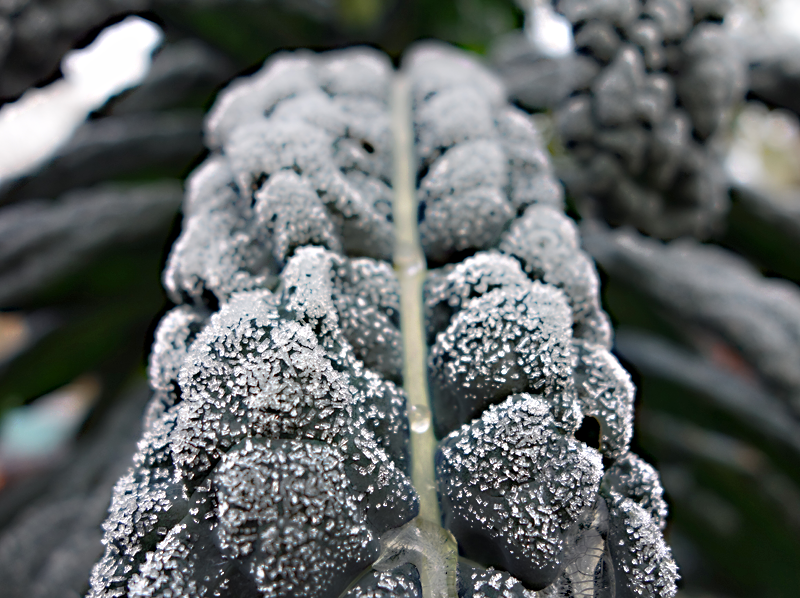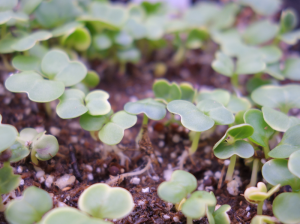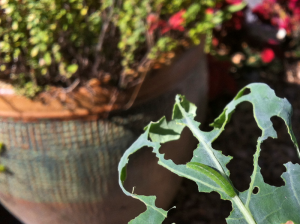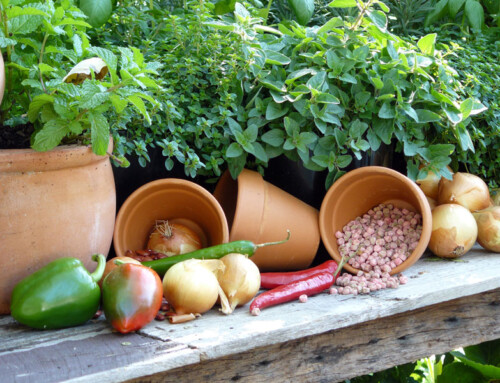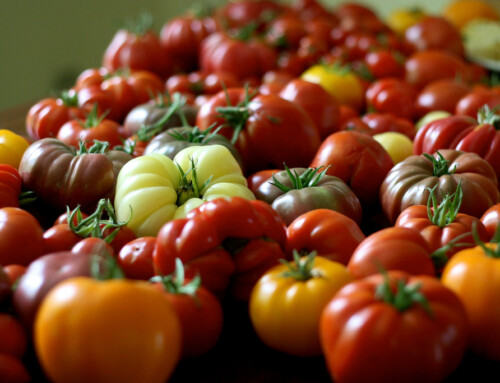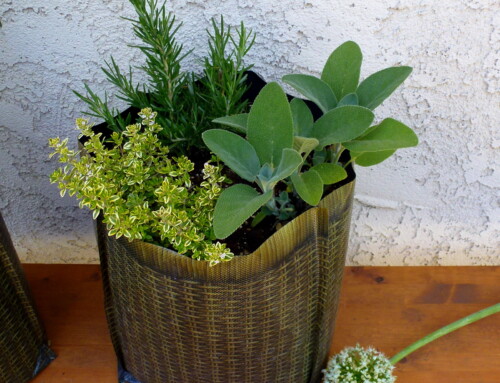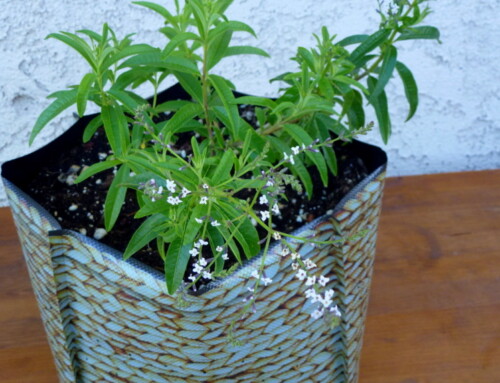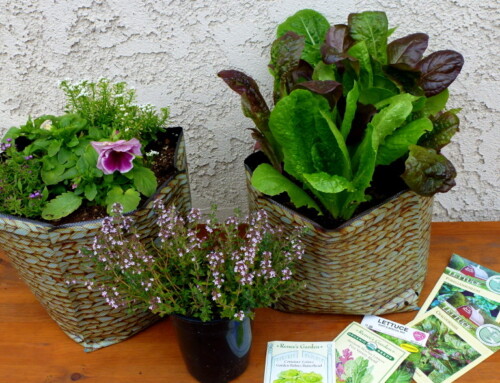If there’s one leafy green growing in our Seattle garden 24:7:365, it’s kale. This hearty edible is easy to grow and relatively bulletproof in most seasons. Sure, kale will sometimes bolt (aka flower and set seed) in hot weather. During particularly long and frozen cold snaps, kale may melt to the ground. But, for the most part, it’s always plugging right along. Here are my tips for growing kale…
Kale Growing Tips
In spring and early autumn, it’s relatively easy to find kale starts at the farmer’s market or nursery.
Or, plan to sow a few seeds indoors in late winter for spring harvest. Then, sow kale again in an area protected from excessive heat in mid-summer so you can refresh your plantings for harvests through the winter. Keep in mind that these brassica-family seeds can take a while to sprout, so have patience. Soon enough you’ll have an abundance of homegrown starter plants.
When your starts have grown at least a couple of sets of true leaves, begin introducing them to the outdoors. Depending on your climate, weather conditions and other factors, it can take several days to a week or longer to gradually move your kale plants outside during the day and inside at night to acclimate them. Don’t rush it, or you may kill those babies!
Once your young kale plants have toughened up a bit, transplant individual plants into your garden beds. Give each plant lots of room; a single kale plant can easily grow several feet tall and a couple of feet wide.
Watch for Caterpillars!
If your garden is habitat to little white butterflies with grey dots on their wings, be sure to protect your kale from them. Otherwise, they will lay eggs that hatch into voracious brassica-munching green caterpillars that will devour your kale fast. A bit of floating row cover can help deter this pest, plus it provides young seedlings with added warmth and protection from heavy downpours.
Harvesting and Cooking with Kale
Within about a month of moving your kale into the garden, you should be able to pick a few leaves. Rather than cutting down entire plants, snip out a few leaves starting from the bottom of the main stalk each time you harvest.
This will encourage your crop to continue growing upward from the top. As the plants become more mature, you’ll be able to remove more leaves at each harvest.
Kale leaves harvested from younger plants are mild and tender, making them delicious to pop into mixed green salads. As kale plants age and pass through the seasons, their tougher leaves become rather chewy. Still, they’re perfect to roast into chips, sauté into a wilted greens side dish, or simmer into a bowl of warm soup rich with beans and herbs.
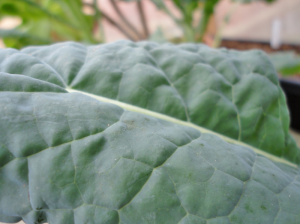 Not sure which variety of kale to try? ‘Lacinato’ (shown here) is one of the tastiest forms, plus it looks like a little, oddball tree in the garden. ‘Red Winter’ adds tones of reddish-purple in oak leaf shapes, and it bounces back even after several days under heavy snow.
Not sure which variety of kale to try? ‘Lacinato’ (shown here) is one of the tastiest forms, plus it looks like a little, oddball tree in the garden. ‘Red Winter’ adds tones of reddish-purple in oak leaf shapes, and it bounces back even after several days under heavy snow.


